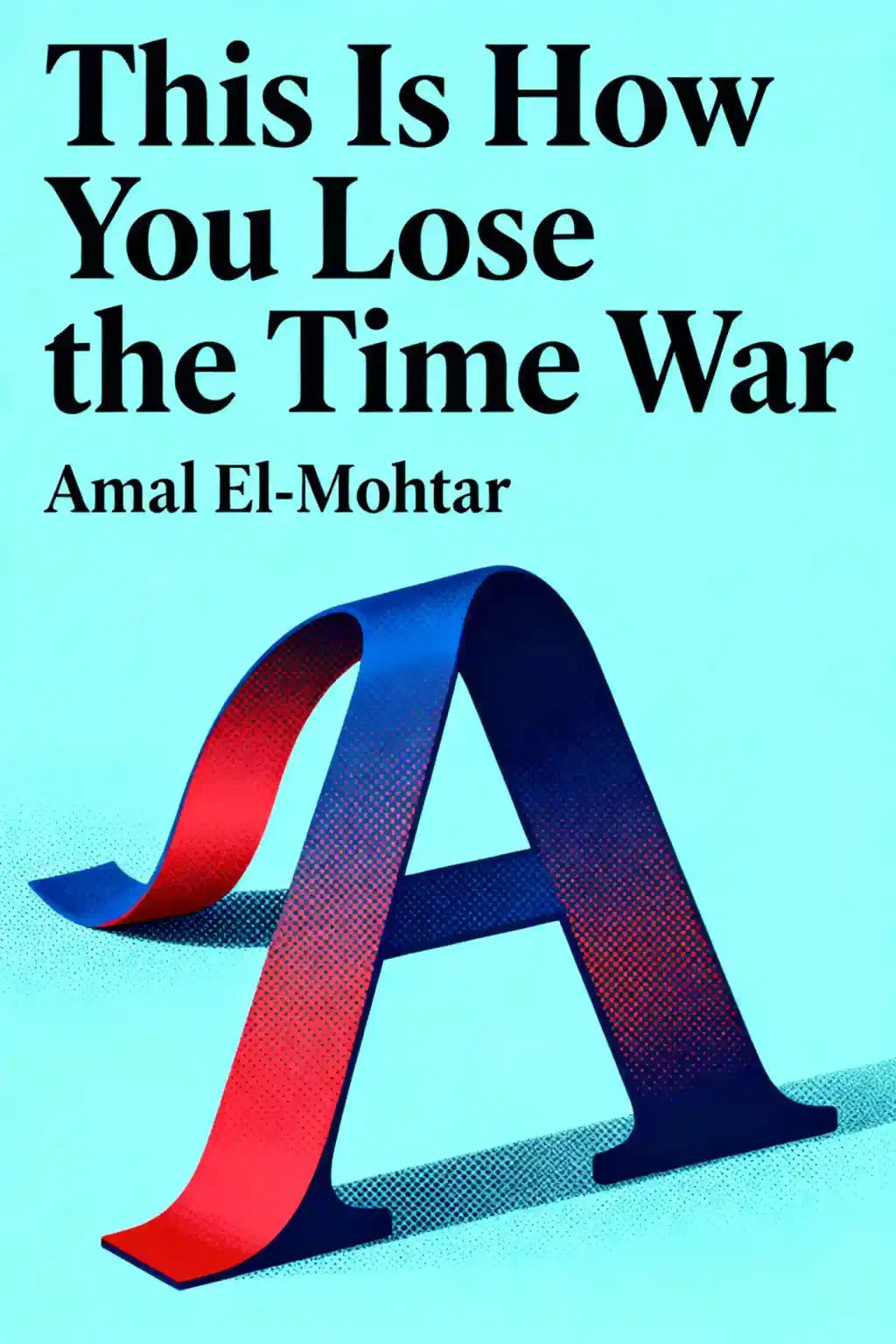What is There Are No Saints by Sophie Lark about?
There Are No Saints by Sophie Lark is a dark romance novel that follows intense, morally complex characters navigating danger, passion, and redemption. As the first book in the Sinners Duet, it features Sophie Lark's signature blend of intelligent storytelling with flawed, compelling protagonists caught in a world of crime and forbidden attraction. The novel explores themes of trust, loyalty, and the blurred lines between good and evil.
Who is Sophie Lark and what is her writing style?
Sophie Lark is a USA Today bestselling author known for writing intense, intelligent romance novels featuring strong heroines and determined heroes. Living in Southern California with her husband and three children, Sophie Lark specializes in dark romance, mafia romance, and thriller genres. Her writing style is characterized by complex character development, dangerous intrigue, and emotionally charged relationships that challenge conventional romance tropes.
Who should read There Are No Saints?
There Are No Saints is ideal for readers who enjoy dark romance with morally gray characters, mafia or crime family dynamics, and emotionally intense storylines. Fans of Sophie Lark's Brutal Birthright series and readers seeking anti-hero protagonists with dangerous pasts will find this compelling. This book suits mature audiences comfortable with explicit content, violence, and relationships built on secrets and revelations rather than traditional romance conventions.
Is There Are No Saints worth reading?
There Are No Saints is worth reading if you appreciate character-driven dark romance with sophisticated plotting and emotional depth. Sophie Lark delivers her trademark combination of danger, passion, and flawed characters who challenge reader expectations. As the foundation of the Sinners Duet, it establishes complex dynamics that reward invested readers, though those preferring lighter romance or clear heroes may find the darkness and moral ambiguity challenging.
What are the main themes in There Are No Saints?
There Are No Saints explores trust versus love, moral ambiguity, redemption through connection, and the complexity of human nature. Sophie Lark examines how characters navigate loyalty within crime families, the weight of dark pasts, and whether genuine connection can exist in dangerous circumstances. The novel questions traditional notions of good and evil, suggesting that saints and sinners exist on a spectrum rather than as absolutes.
Do I need to read There Are No Saints in order?
There Are No Saints should be read as the first book in the Sinners Duet before continuing to There Is No Devil. Sophie Lark structures the duet with interconnected character arcs and unresolved plot threads that carry between books. While some readers familiar with Sophie Lark's other series may recognize world-building connections, There Are No Saints serves as a standalone entry point requiring no prior knowledge of her Brutal Birthright or Kingmakers series.
What does the quote "An eternity of boredom sounds worse than death" mean in There Are No Saints?
This quote from There Are No Saints reflects the protagonist's rejection of safe, predictable existence in favor of passionate, dangerous living. Sophie Lark uses this line to characterize individuals who choose intensity and risk over comfort, suggesting that true life requires embracing uncertainty and danger. It captures the novel's philosophy that meaningful experiences, even painful ones, outweigh empty security or conventional happiness.
What is the relationship dynamic like in There Are No Saints?
There Are No Saints features an intense, enemies-to-lovers dynamic built on secrets, power struggles, and reluctant attraction between morally complex characters. Sophie Lark crafts relationships where trust becomes the ultimate vulnerability, as characters must risk emotional exposure in dangerous circumstances. The romance challenges traditional power dynamics, with both protagonists wielding different forms of strength while navigating family loyalties and personal demons.
How does There Are No Saints compare to Sophie Lark's Brutal Birthright series?
There Are No Saints shares Sophie Lark's signature dark romance style with Brutal Birthright but offers a more concentrated, duet structure versus the six-book series. Both feature mafia romance elements and morally gray characters, though There Are No Saints presents darker themes and more intense psychological complexity. Readers who enjoyed Brutal Prince and the Brutal Birthright world will appreciate the similar crime family dynamics and dangerous romance in the Sinners Duet.
What are common criticisms of There Are No Saints?
There Are No Saints receives criticism for its dark content, which some readers find too intense or morally troubling given the anti-hero characterizations. Critics note that Sophie Lark's focus on flawed, sometimes violent protagonists may alienate traditional romance readers seeking clear heroes. Some reviewers mention pacing issues or desire more resolution within the first book, though others appreciate the duet's cliffhanger structure that builds anticipation for the conclusion.
What makes There Are No Saints different from typical romance novels?
There Are No Saints distinguishes itself through Sophie Lark's refusal to sanitize her characters or their world, presenting protagonists with genuine moral complexity rather than redeemable bad boys. The novel prioritizes psychological depth and dangerous realism over escapist fantasy, exploring how damaged individuals form authentic connections. Unlike conventional romance, There Are No Saints questions whether redemption requires transformation or acceptance of darkness within relationships.
Should I read There Is No Devil immediately after There Are No Saints?
Reading There Is No Devil immediately after There Are No Saints is strongly recommended, as Sophie Lark structures the Sinners Duet as one complete story split into two volumes. The first book ends with significant unresolved plot threads and relationship developments that continue directly into the second installment. Waiting between books may diminish emotional investment in the characters' journeys and the duet's carefully constructed narrative arc.




















